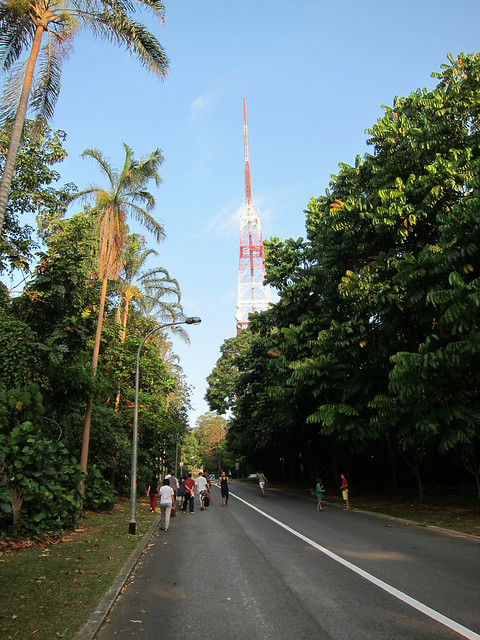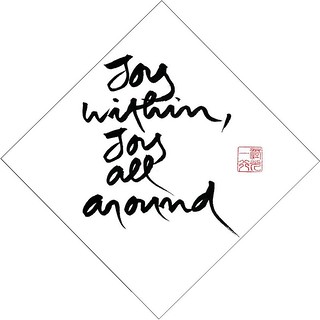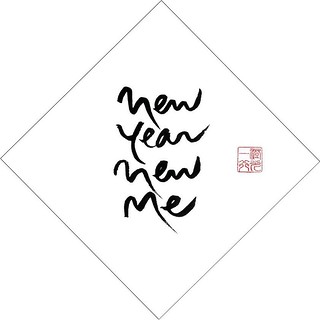I was asked to contribute an article on mindfulness and had hesitated for some time. There is already much material both in print and online about what mindfulness is all about, so I was thoughtful over whether to add on to the buzz and possible confusion. The key reason being that mindfulness is not something we can write about. For example, it is futile for me to share what a durian fruit tastes like unless one tries it.
Thus I start with sharing what is not mindfulness. One of the first notions I had about mindfulness is that it is some form of meditation done in a graceful sitting posture with folded legs, like what we usually imagine when Zen is mentioned. This is only partially correct because mindfulness is practiced not only while sitting but also while eating, walking, washing the dishes, and even while taking a dump in the toilet. Mindfulness is bringing awareness into what we do in daily life, and sitting still is usually an easy starting point to learn this.
Mindfulness has gone through a process of popularization similar to what yoga went through. It is now known as an effective tool for stress reduction, depression, anxiety, pain management, and even sporting excellence. I came to know of mindfulness through a different doorway. As a counsellor I was keen on exploring philosophy and theology as a means to understand psychology and counselling theories. As a person I was also keen to know how humanity made sense of the world we live in. Raised as a Catholic, the reading journey brought me through familiar territory and also new ones that stretched my views on spirituality. At the end I see mindfulness as an ethical way of living, beyond being a tool. Mindfulness can help us gently put down our troubles, not to run away from it, but be better able to examine it up close and thus understand it.
In counselling work, it is very important for me to listen to clients. If I am occupied by my own thoughts and feelings I will miss much of what the person is conveying. In being mindful, I turn my mind and body into a refined instrument as I stay aware of how I am being affected by client's stories and emotions. I can make more informed decision then on how to go further. There is much more to mindfulness in how it brings about empathic listening and thus compassion into counselling. If I could not even tune in to my own thoughts and feelings, it would be a greater challenge to embrace another person's problems.
So mindfulness is pretty deep stuff in that it can be practiced in my work, my relationships with loved ones, friends, colleagues, and even in how we relate to society and the ecology of our planet. Like any journey, the path of mindful living has its ups and downs that contribute to enriching it. I invite you to experience the possibilities of mindfulness for yourself.
| Breathing in, I know I am breathing in.
Breathing out, I know I am breathing out. Breathing in, my breath grows deep. Breathing out, my breath goes slowly. Breathing in, I feel calm. Breathing out, I feel ease. Breathing in, I smile. Breathing out, I release. Dwelling in the present moment. I know this is a wonderful moment. |
In Out Deep Slow Calm Ease Smile Release Present Moment Wonderful Moment |






